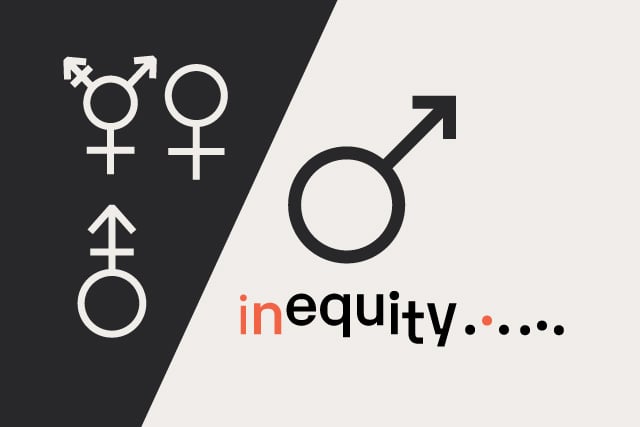Keep Talking About Responsive Design
Dennis Kardys Director of Design & Production#Mobile, #Responsive Design, #Design Advice

It seems like everywhere you turn there’s a new post
about responsive design. You might even feel like it’s getting played
out. Do we really need another post on this topic?
The answer is emphatically, “yes”. We need a lot
more of them.
It seems like everywhere you turn there’s a new post
about responsive design. You might even feel like it’s getting played
out. Do we really need another post on this topic?
The answer is emphatically, “yes”. We need a lot
more of them. If you believe that websites should be built upon flexible
foundations capable of intelligently adapting to devices of different
size and capability, then please continue (or join in on) the
discussion.
Responsive Design is not a Fad
The responsive philosophy is sound in theory, yet in practical
application we still face a number of not-quite-resolved challenges. We
struggle to find elegant, practical solutions for image handling, lack
of media-query support, and the schizophrenic reporting of
device/screen-widths. But technical dilemmas aside, there’s also the
issue of getting stakeholder buy in. It takes longer to design
responsively than fixed-width. Instead of one layout per content
template, you must design multiple. This means more rigorous browser and
device testing. Sure, the extra up-front time and cost may save clients
money in the long run, but it’s still a tough sell. After all, when
clients come to you, they’re often asking for just a website. And therein lies a much bigger problem.
When most people think “website” they think of a 960px wide site
with a logo in the top left, a search in the top right, and a horizontal
nav bar.
This is the mental model people have of websites, and breaking it is
difficult. Similarly, people cling to conceptual models of mobile
interactions. You either create an app, or something that wishes it was
one. The mobile web is held down by this app-baggage—this desperate
endeavor to be something it’s not. The irony is that it’s the designs WE
impose that make it feel like an such an imposter. This is true for all
of the web. We create the models and patterns of interaction, and when
they become outdated (or in the case of the mobile web, when they simply
aren’t working) its up to us to tear them down.
Breaking these mental models is tough work. So even though designers
who write about responsive design might be preaching to the choir in
some cases, we should remember that the techniques and philosophies that
help us design more adaptively have not yet reached a tipping point.
Until we can think website without thinking “desktop” and mobile
without thinking “app” lets keep talking about responsive design.
Hopefully fixed-width CSS layouts, like their table-layout
predecessors, will be relegated to the web design wall of shame. They’ll
become a laughable relic of the past. Two years from now we’ll look
back and say, “remember when...” For this to happen, we’ll need to
remain focused on solving the technical challenges, while preaching the
tenets of responsive design to our clients, bosses and each other.
Only once they’ve become industry standards can we drop the prepended term responsive from design altogether, as if there never was any other way.
Related Posts

Establishing Equitable Management Practices
It's International Women's Day and Dennis Kardys shares some things we’ve done at Diagram to be mindful of bias and take steps to embrace diversity.

5 Tips for Quality Assurance ROI
ROI for software quality assurance can be improved exponentially if you follow our five steps. Click to read more.
Results Matter.
We design creative digital solutions that grow your business, strengthen your brand and engage your audience. Our team blends creativity with insights, analytics and technology to deliver beauty, function, accessibility and most of all, ROI. Do you have a project you want to discuss?
Like what you read?
Subscribe to our blog "Diagram Views" for the latest trends in web design, inbound marketing and mobile strategy.
